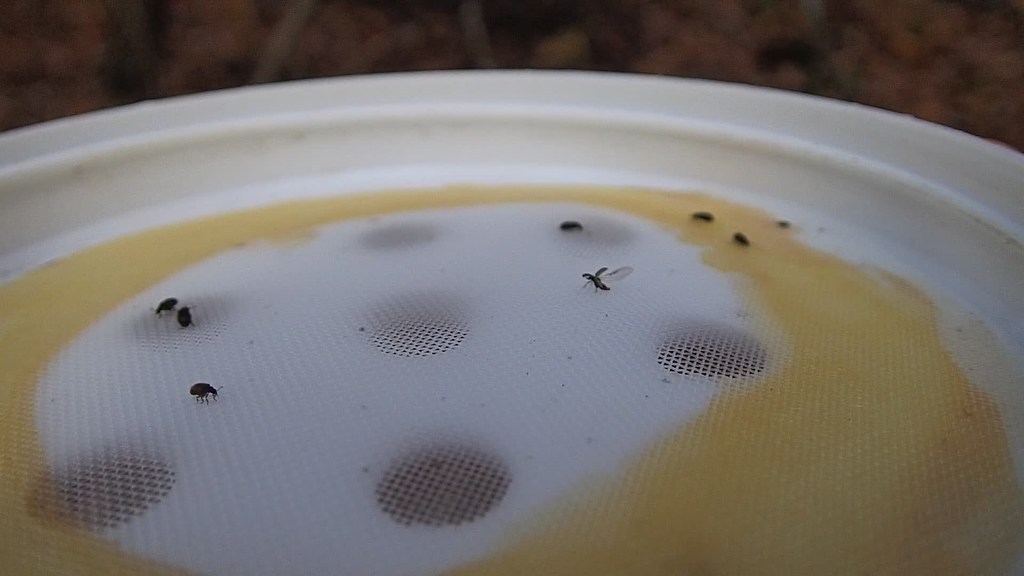One of the most recognizable plants along the Blue Ridge Parkway is
Rhododendron maximum, especially this time of year. While the leaves of surrounding trees make there seasonal change from dull green to bright yellows, oranges and reds,
Rhododendron sits underneath just as green as an evergreen should be.
Healthy Rhododenron shrubs along a section of the Blue Ridge Parkway.
But something strange is afoot in Floyd County, Virginia. We were just investigating large swaths of dead and dying
Rhododendron along the Blue Ridge Parkway near
Mabry Mill. If you are enjoying a drive this time of year in Floyd County you may have spotted this phenomenon.
Dead and dying Rhododendron shrubs along the Blue Ridge Parkway.
Dead Rhododendron shrubs under forest canopy.
We were alerted to this mortality event by retired forest pathologist Dr. Ed Barnard who, in his fashion, assembled a small team of experts that included a pathologist from VA Tech, a forest historian, along with a county forester and us. Ed and the crew all did their homework and we found that this event is not without precedent. Dr. Richard Baird of Mississippi State University researched similar
Rhododendron mortality in the Great Smoky Mountains National Park a few years back. A forest pathologist from the U.S. Forest Service (Dr. Steve Oak) also investigated this issue several years ago. Rhodo samples have ended up in diagnostic labs from landowners with shrubs from their yards, but in all this no single culprit has been found.
Cross-section of healthy Rhododendron stem.
Here is a quick rundown of what we found on our short field visit. Above is a stem from a healthy Rhodo shrub lacking any evidence of decay, disease, infection, or impairment. Below are stems from shrubs showing various symptoms of decline, decay, and death.
Cross-section from unhealthy Rhododendron stem.
Cross-section from unhealthy Rhododendron stem.
Cross-section from unhealthy Rhododendron stem.
Can you see the difference? This staining indicates that something just ain't right.
A section of Rhododendron root with staining.
We have successfully eliminated the possibility of an abiotic cause such as windthrow, voles, or moles. There doesn't seem to be an insect chomping away at leaves, stems, or roots. What seems most likely is that a root rot is hard at work in these areas.
But, there are still other organisms that could be to blame. Nematodes (microscopic soil worms) have been reported at high numbers in some of the affected areas. Could the Rhodo simply be aging out? Are environmental stresses to blame? The area in question has experienced periods of flooding then drought in rapid succession over the past couple years.
The bad news, there is an awful lot of dead Rhododendron and we don't know exactly why. There is some good news though. This "decline" is only affecting
R. maximum and not other important relatives such as Catawba Rhododendron, Mountain Laurel, and Blueberry. The mortality is fairly limited in its range and doesn't seem to be spreading.
A root/stem sample with fungal growth. (Photo:S. Fraedrich)
We bagged up some samples form the field and sent them along to several pathologists to pore over. Our hope is to start unraveling this mystery and figure out an answer in case a similar "decline" event happens somewhere else.




















































